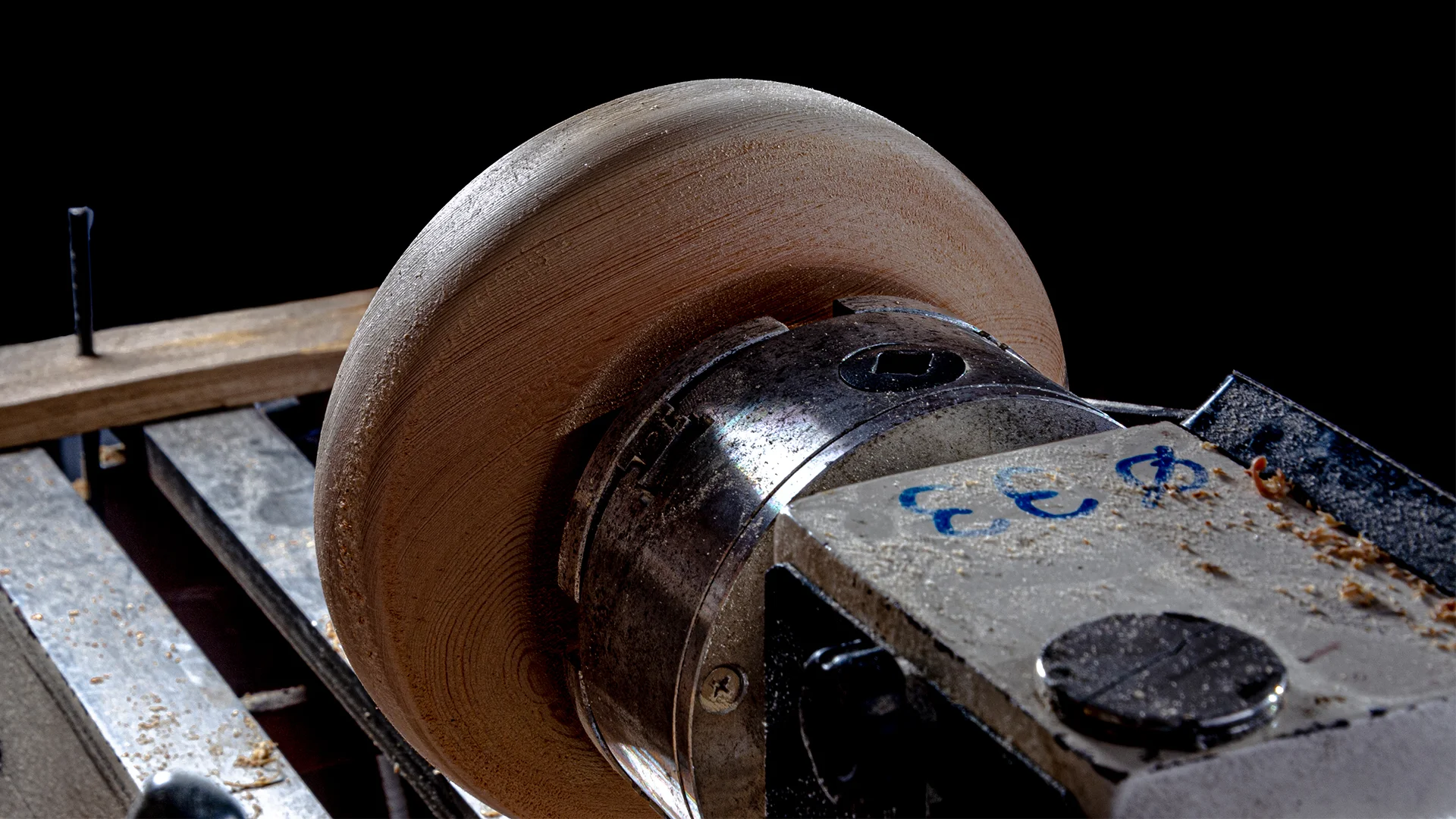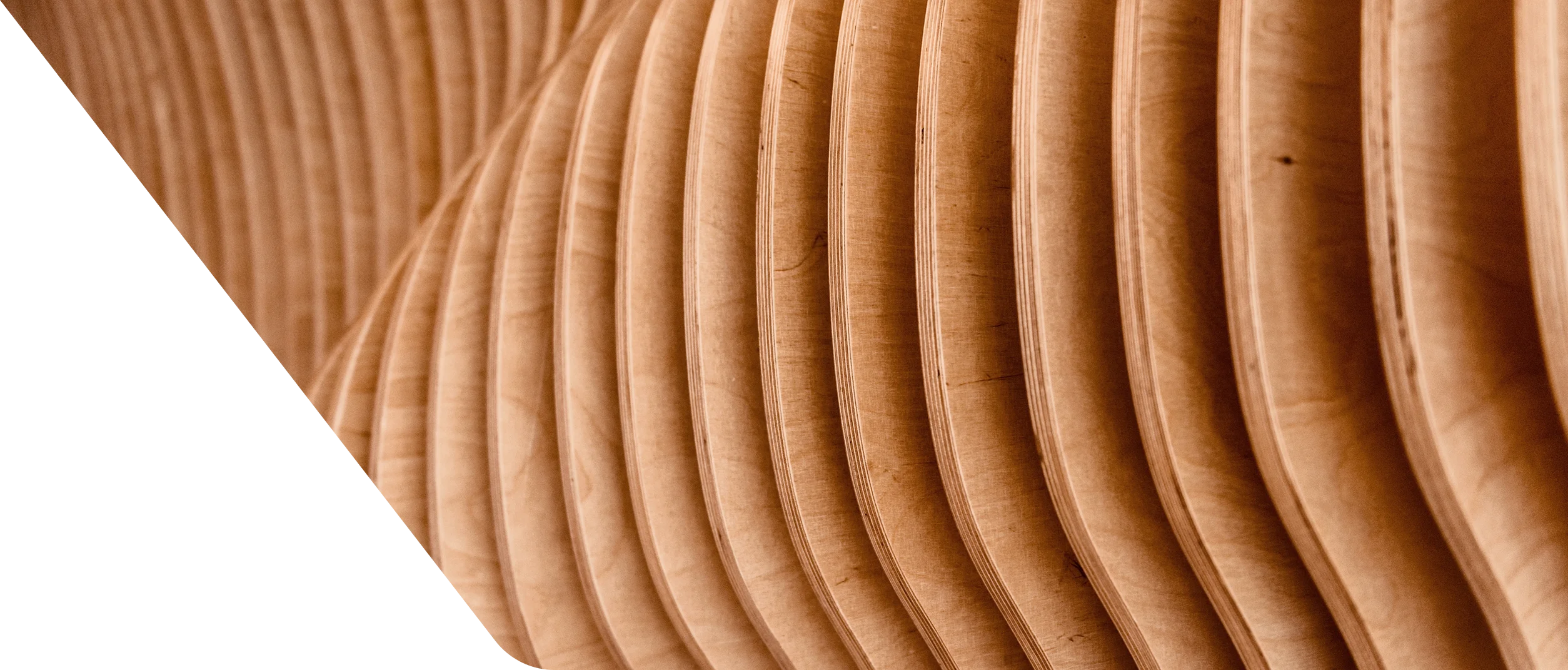
Our Blog
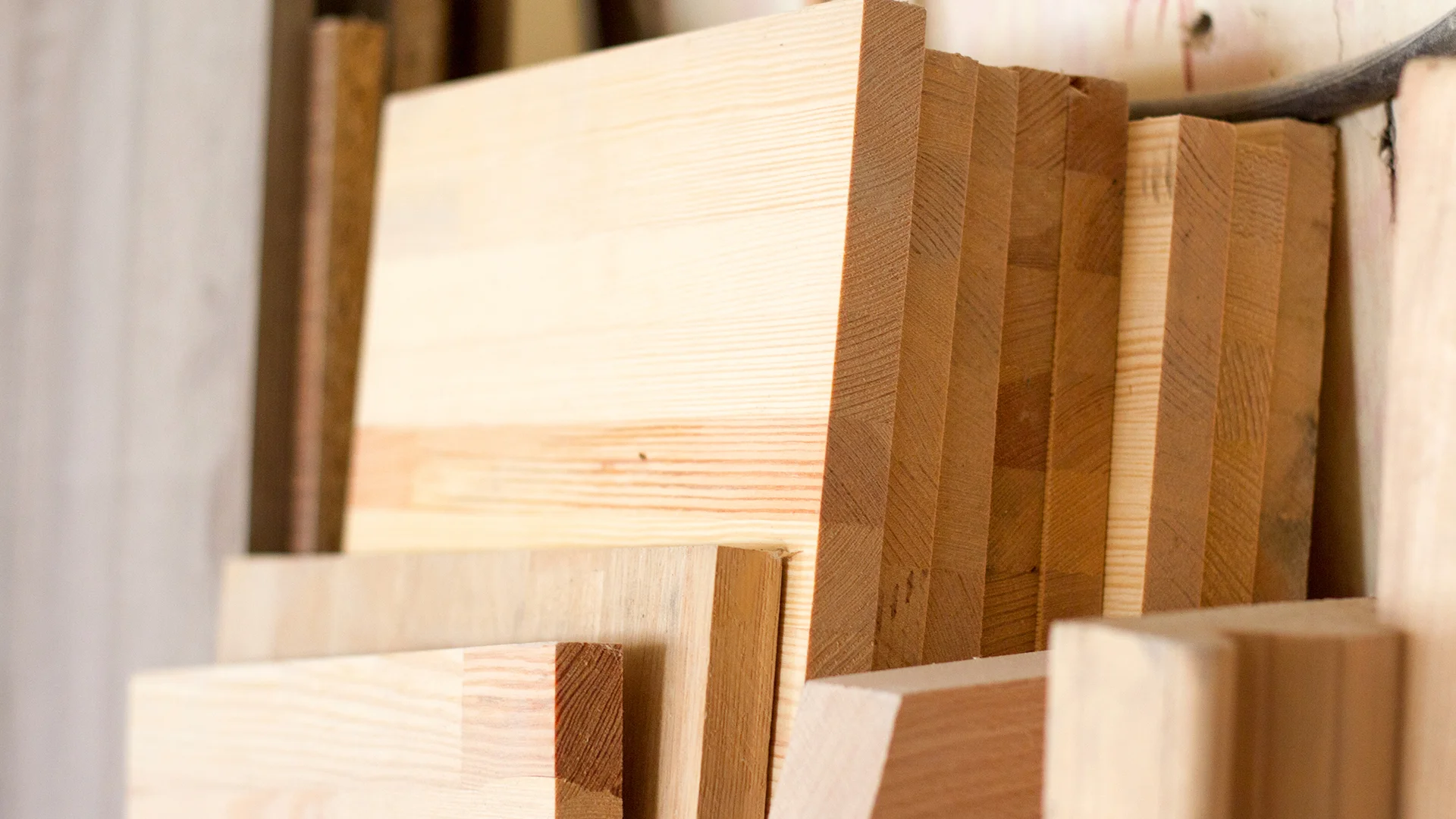
The Ultimate Guide to Wood Movement Secrets Every Woodworker Must Know
Wood has a mind of its own. Just when you think you’ve crafted the perfect piece, the seasons change, and suddenly that snug-fitting drawer won’t budge, or your dining table develops an unsightly crack. What’s going on? Wood moves.
Unlike metal or plastic, wood reacts to its environment—it expands, contracts, and even warps if you don’t account for its natural tendencies. Whether you’re building furniture, cabinets, or flooring, understanding wood movement is essential for long-lasting, high-quality craftsmanship.
If you’ve ever asked, “When does wood expand?” or “How can I prevent movement in my projects?”, this guide has your answers.
Understanding Wood Movement
What is Wood Movement?
Wood movement refers to the natural expansion and contraction of wood as it absorbs and releases moisture. Even after a tree is cut, its fibers react to humidity and temperature changes. This means that all wood moves, and failing to account for this can lead to cracks, gaps, and warping in your projects.
Which Way Does Wood Expand?
Wood expands and contracts in three directions:
- Tangentially (along the growth rings) – The most movement occurs here.
- Radially (across the rings) – Some movement, but less than tangential.
- Longitudinally (along the grain) – Barely any movement.
If you’ve ever wondered why a wooden door sticks in summer but swings freely in winter, it’s because wood expands more in width than length.
The Difference Between Wood Shrinkage and Swelling
- Shrinkage happens when wood loses moisture, causing it to contract.
- Swelling happens when wood absorbs moisture, making it expand.
This is why your cutting board might warp after being washed or why wood flooring needs expansion gaps—to accommodate movement without causing damage.

Factors Affecting Wood Movement
How Does Humidity Influence Wood Movement?
Humidity is the #1 cause of wood movement. As air moisture levels rise, wood absorbs moisture and expands. When humidity drops, wood loses moisture and shrinks.
The key measurement here is Equilibrium Moisture Content (EMC)—the point where wood stops absorbing or releasing moisture.
- High humidity (summer) = wood expands
- Low humidity (winter) = wood shrinks
How Does Temperature Impact Wood Behavior?
Temperature alone has minimal impact on wood movement, but when combined with humidity changes, it can accelerate expansion and contraction.
For example, placing furniture near a heat vent or air conditioner can dry it out quickly, leading to excessive shrinkage and potential cracks.
Are Hardwoods or Softwoods More Prone to Movement?
Generally, hardwoods are more stable than softwoods. However, each species reacts differently:
- Stable Hardwoods: Mahogany, Walnut, Cherry, White Oak
- Prone to Movement: Maple, Hickory, Beech
If your project requires minimal movement (e.g., fine furniture or cabinets), choosing the right wood species matters.
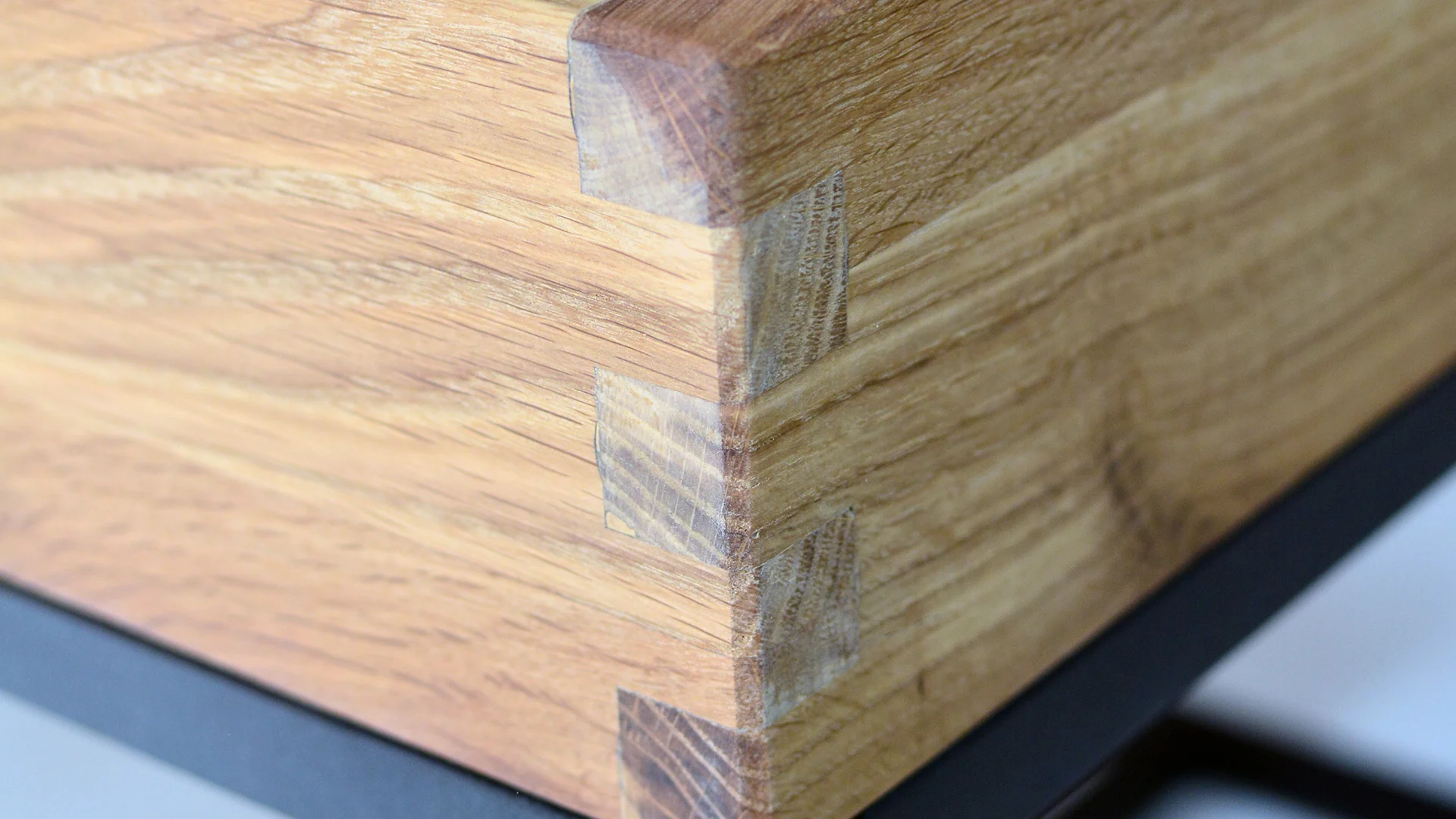
Managing Wood Movement in Furniture and Carpentry
Is Wood Movement a Problem in Furniture Making?
Wood movement isn’t a problem—ignoring it is. If you build a tabletop without allowing for expansion, it might crack within months. If you glue panels too tightly, they could split over time.
The key is designing for movement, not against it.
How to Prevent Wood Movement in Furniture Design
- Use Proper Joinery – Floating panels, tongue-and-groove, and breadboard ends allow for movement.
- Account for Expansion Gaps – Leave space in joints and between boards to prevent cracking.
- Pay Attention to Grain Direction – Quarter-sawn lumber moves less than flat-sawn.
For example, never glue an entire tabletop to its base—use tabletop fasteners that allow for movement instead.
What Are the Best Finishes to Minimize Wood Movement?
While no finish completely stops wood movement, some can slow down moisture absorption:
- Oil-based polyurethane – Durable and water-resistant
- Shellac – Great for sealing wood
- Hardwax oils – Natural but offer limited protection
Applying finish to all sides (including hidden areas) helps balance moisture absorption.
Practical Tools and Resources for Controlling Wood Movement
In order to control the inevitable movement of wood, the range of relative humidity change shall not fall outside the acceptable range of values shown in Figure 1 of AWI 200 Care & Storage for a sustained period of more than 24 hours for any reason.

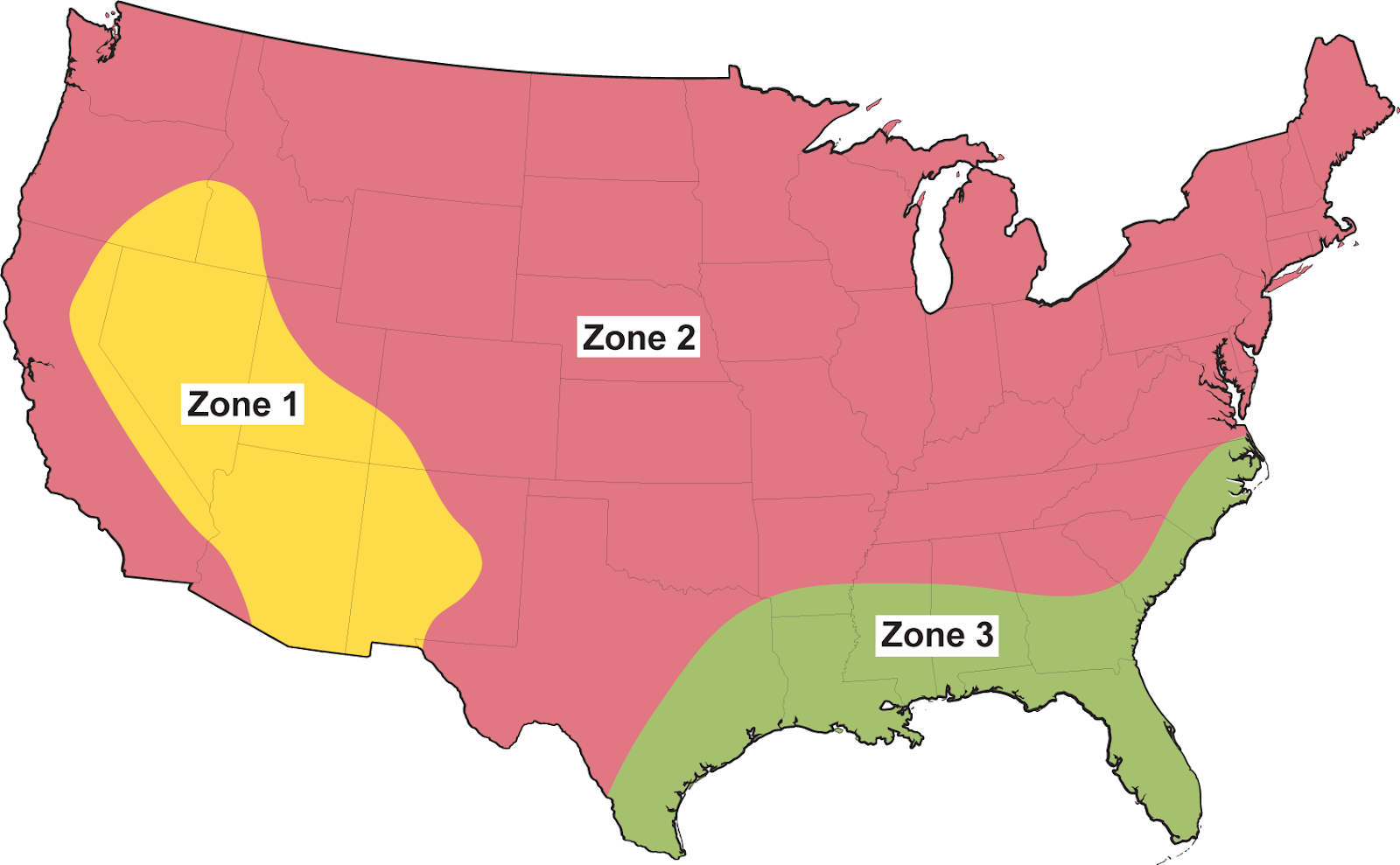
What Tools Help Control Wood Movement During Carpentry Projects?
- Moisture Meter – Measures wood moisture content before you start.
- Hygrometer – Tracks humidity levels in your workspace.
- Wood Expansion Chart – A reference guide for how different species move.
Using a moisture meter ensures that your wood is properly acclimated to its environment before you begin working.
What Types of Wood Are Most Stable Against Movement?
If you need wood that barely moves, consider:
- Mahogany – Highly stable, great for furniture.
- White Oak – Rot-resistant and stable.
- Cherry – Minimal movement, beautiful grain.
Avoid woods like Maple and Hickory for large panels, as they tend to expand and contract significantly.
Conclusion
Wood movement isn’t something to fight—it’s something to plan for.
Understanding when wood expands, how humidity influences movement, and which joinery techniques allow for expansion will prevent cracks, gaps, and warping in your projects.
By choosing stable wood species, using proper finishes, and monitoring humidity levels, you can build furniture and projects that last for generations.
Now that you’re armed with this knowledge, your next woodworking project can stand the test of time.
Recent Post
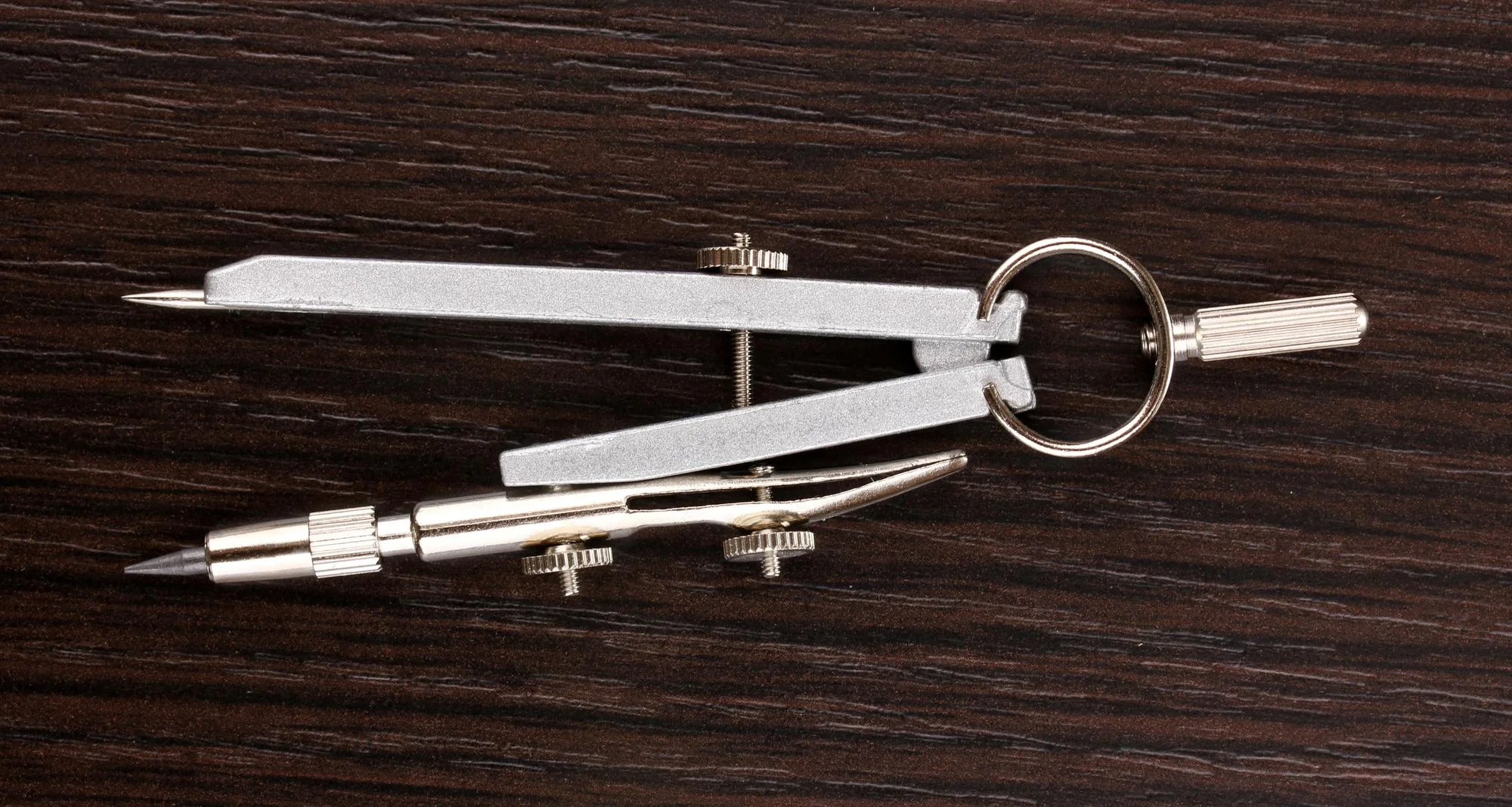
How to Choose the Best Woodworking Compass: Expert Tips and Tricks
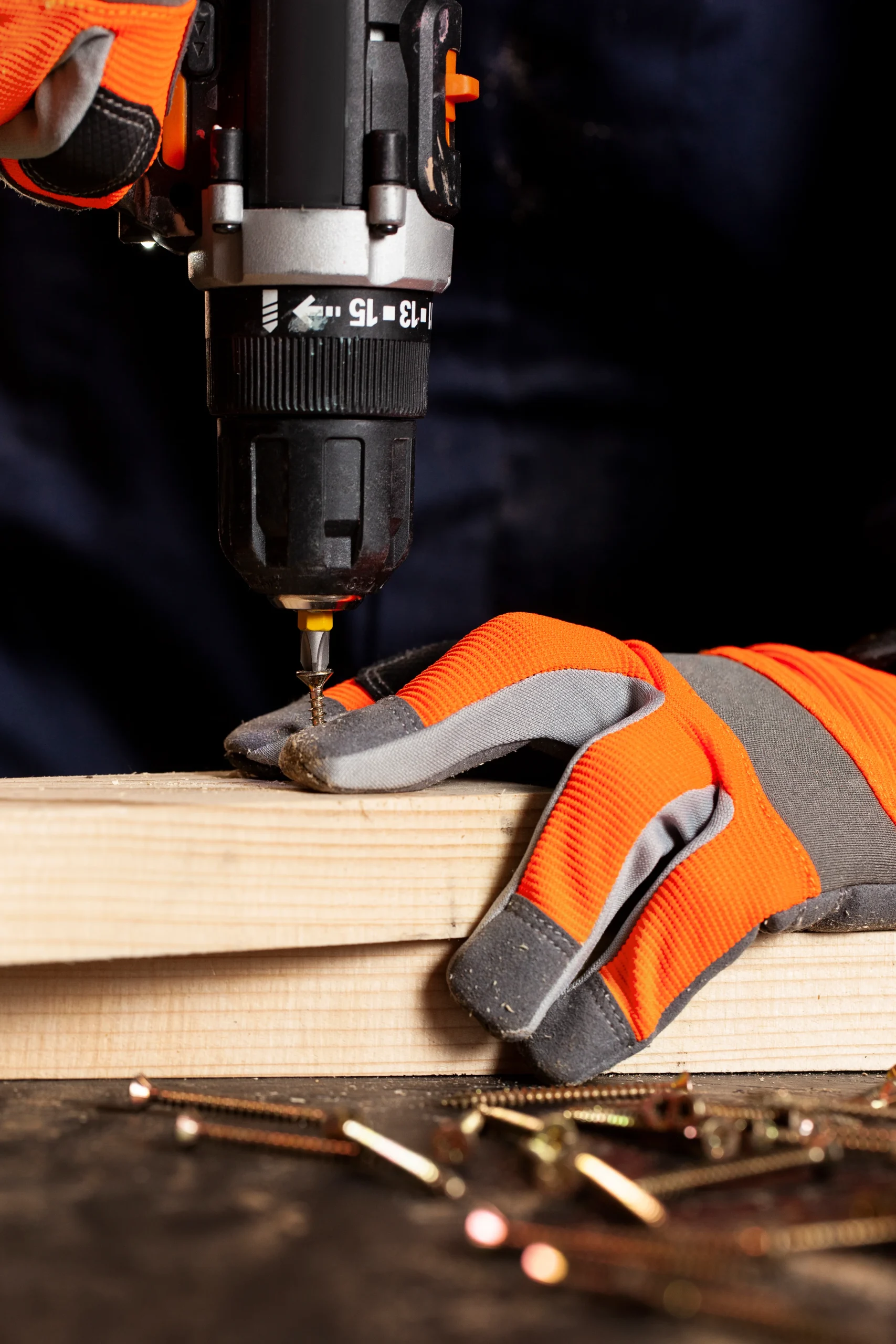
Screw Gun vs Drill: What Every Woodworker Needs to Know
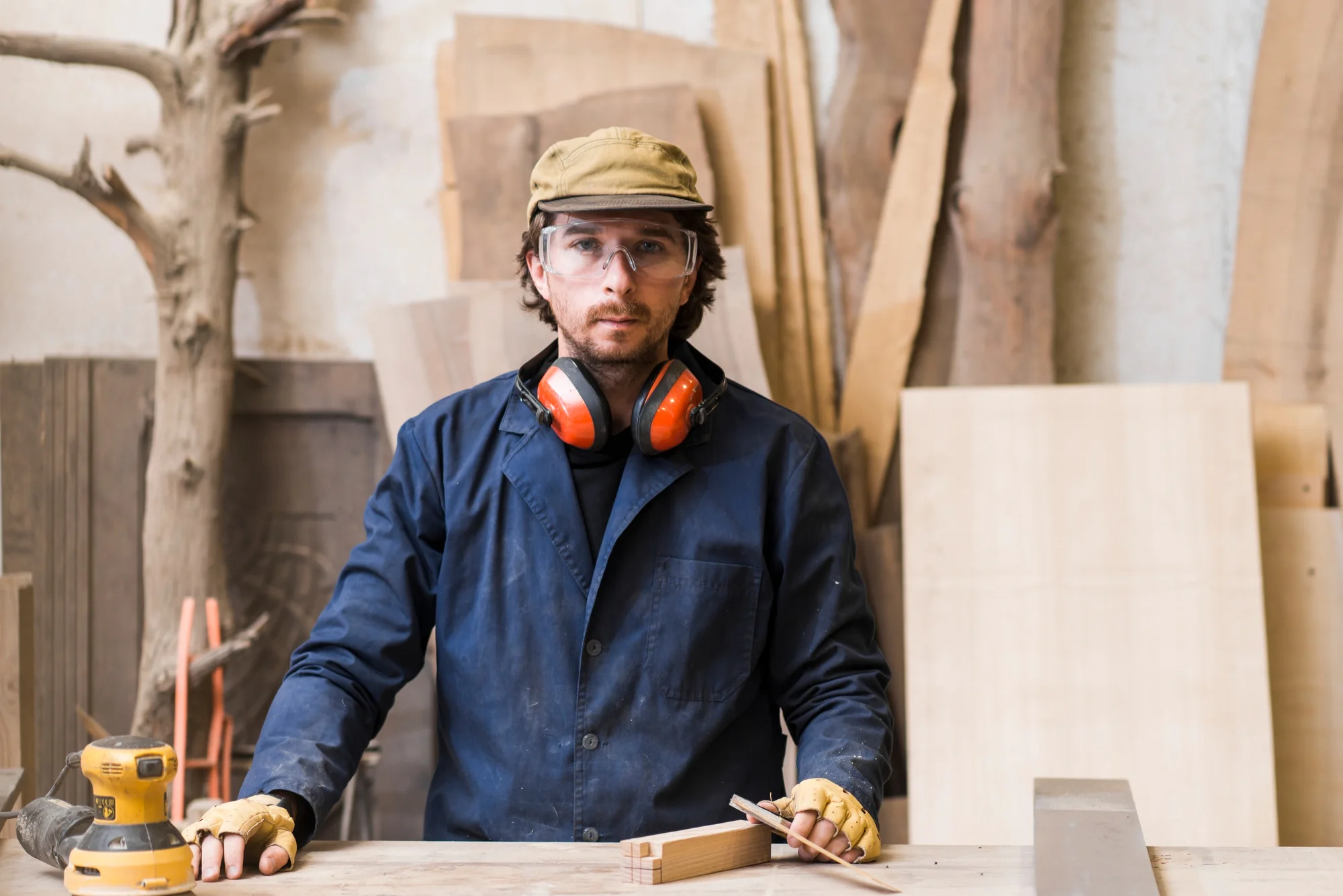
Woodworking PPE Checklist: Are You Fully Protected?
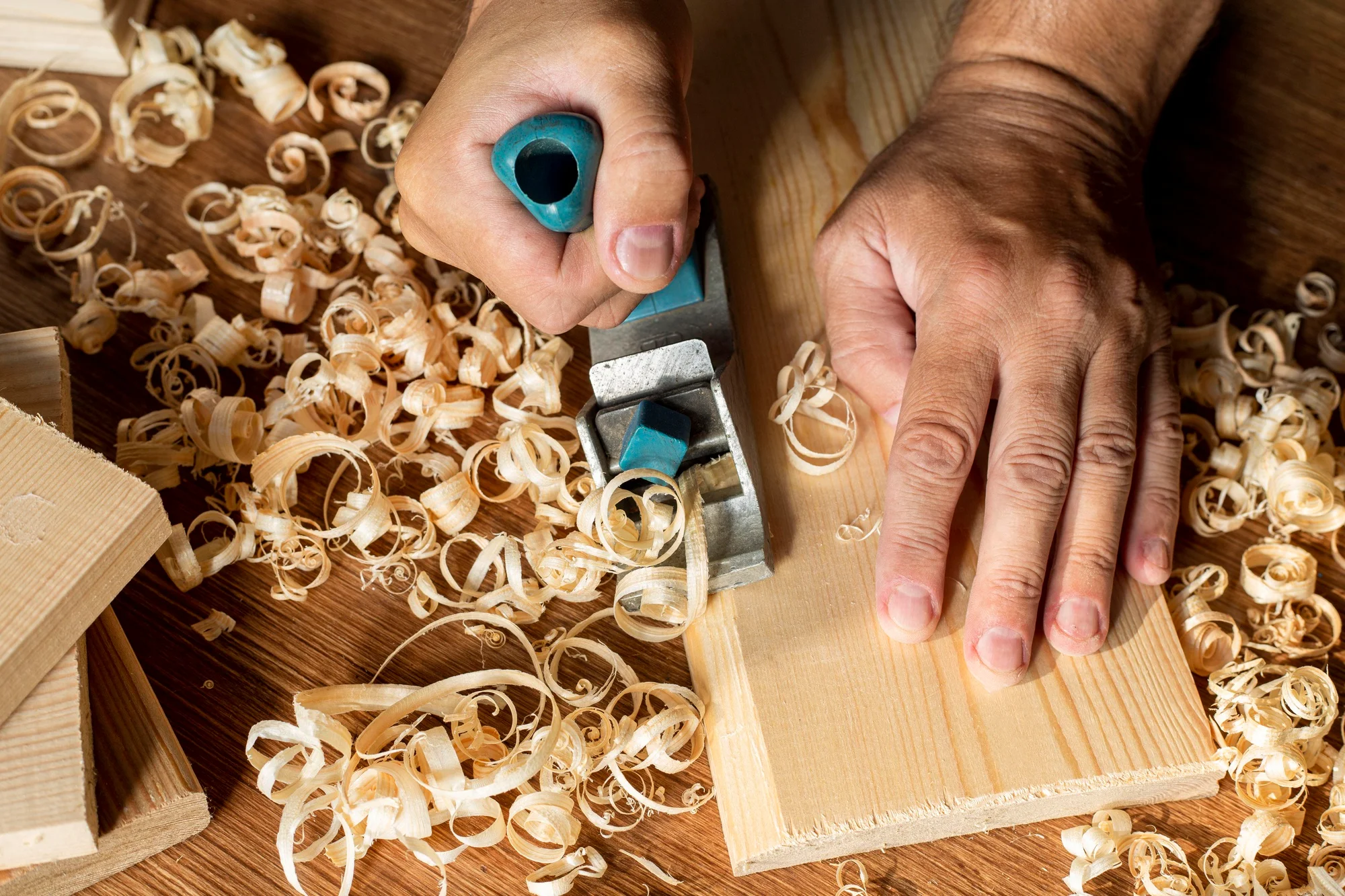
Green Woodworking 101: A Beginner’s Guide to Crafting with Unseasoned Wood
